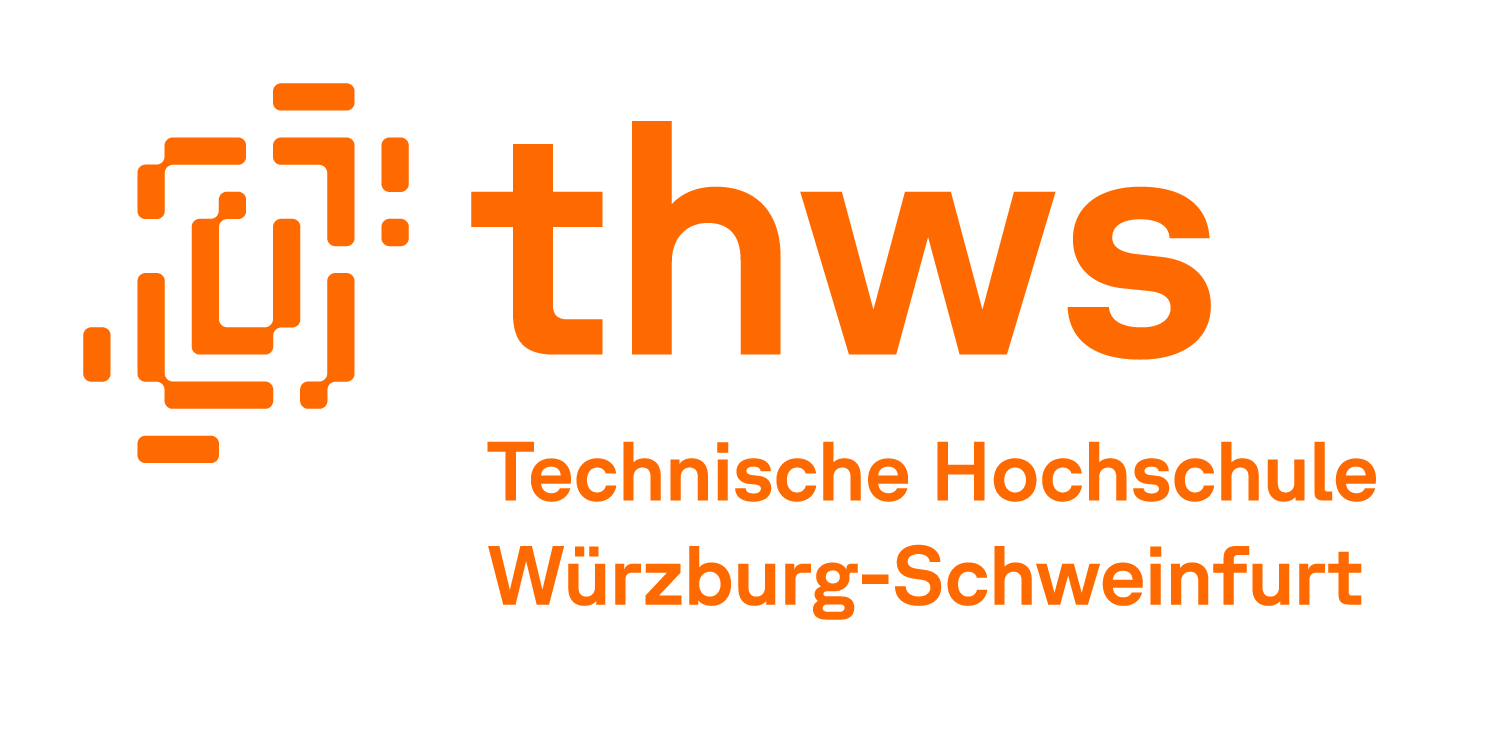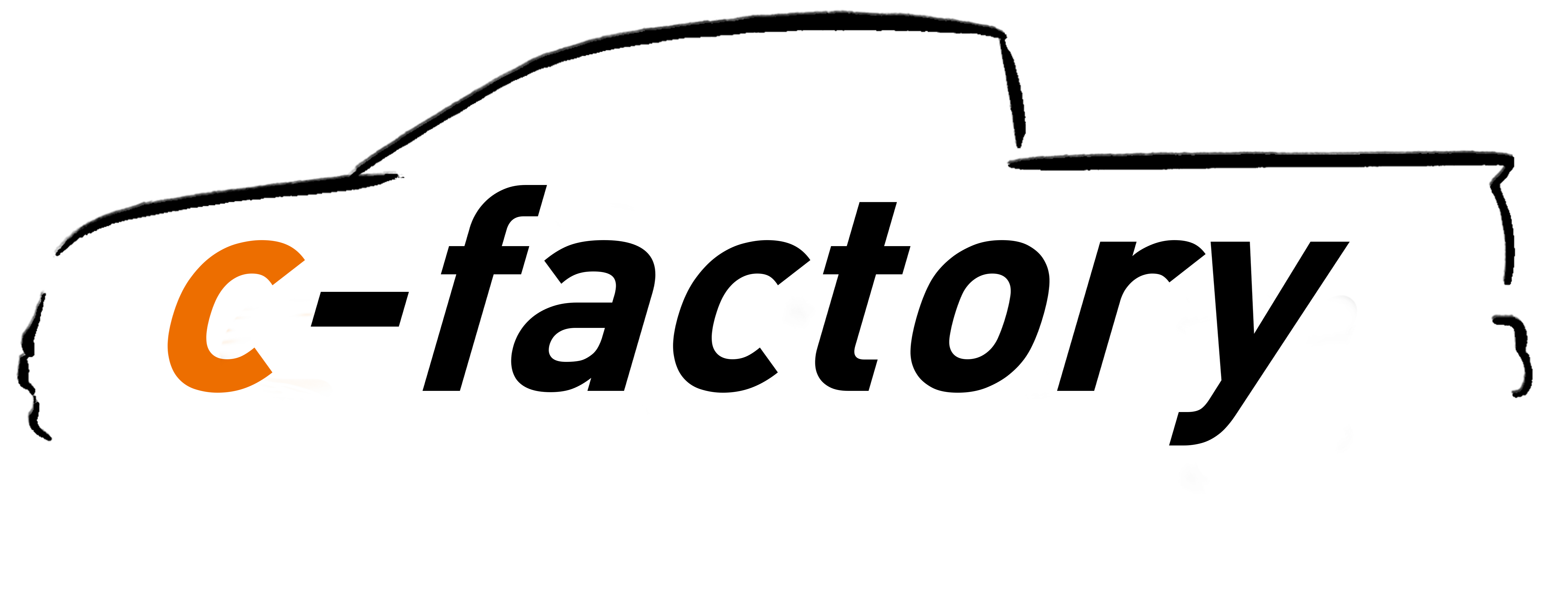About us
The foundation stone of the c-factory was laid within the framework of a student project. Prof. Dr.-Ing. Christoph Bunsen's team (Mr. Gerald Barthelmes, Mr. Roland Oppelt and Ms. Sabina Roman) was happy to support the students with advice and assistance.
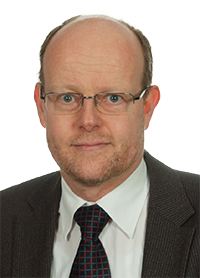
Prof. Dr.-Ing. Christoph Bunsen |
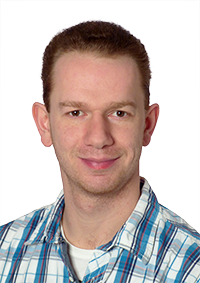
Gerald Barthelmes |
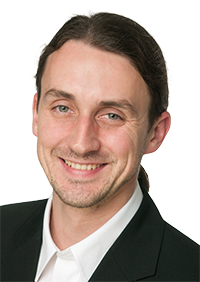
Roland Oppelt |
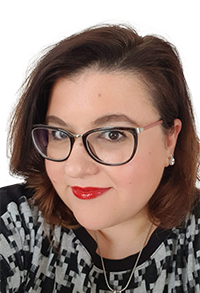
Sabina Roman |

Process Diagramm (Photo Credit: Abdulkareem, Seim) |
Within the scope of a project work, students of the Faculty of Busines and Engineering took care of the business processes at the c-factory. The existing processes were implemented in an SAP environment and a data connection was established so that the c-factory's order data is automatically transferred to the ERP system. It was particularly important not only to transfer the existing data, but also to map processes such as ordering. |

from left to right: Prof. Dr.-Ing. Christoph Bunsen, Dominik Weppert (Photo Credit: VDMA/ Haas) |
Mr. Dominik Weppert dealt with the field of augmented reality as part of his bachelor's thesis during the summer semester 2019.
He created an assembly support with the help of the Microsoft Hololens. The bachelor thesis originated in a
cooperation with the Virtual Reality Laboratory of the Faculty of Business and Engineering. The bachelor thesis was developed in cooperation
with the Virtual Reality Laboratory of the Faculty of Industrial Engineering and Management. Mr. Weppert had not dealt with programming or
Augmented Reality before, because they are not part of the study contents in the mechanical engineering studies. His special commitment was
not only appreciated by Prof. Dr. Bunsen, but also by the German Engineering Federation. (VDMA).
|
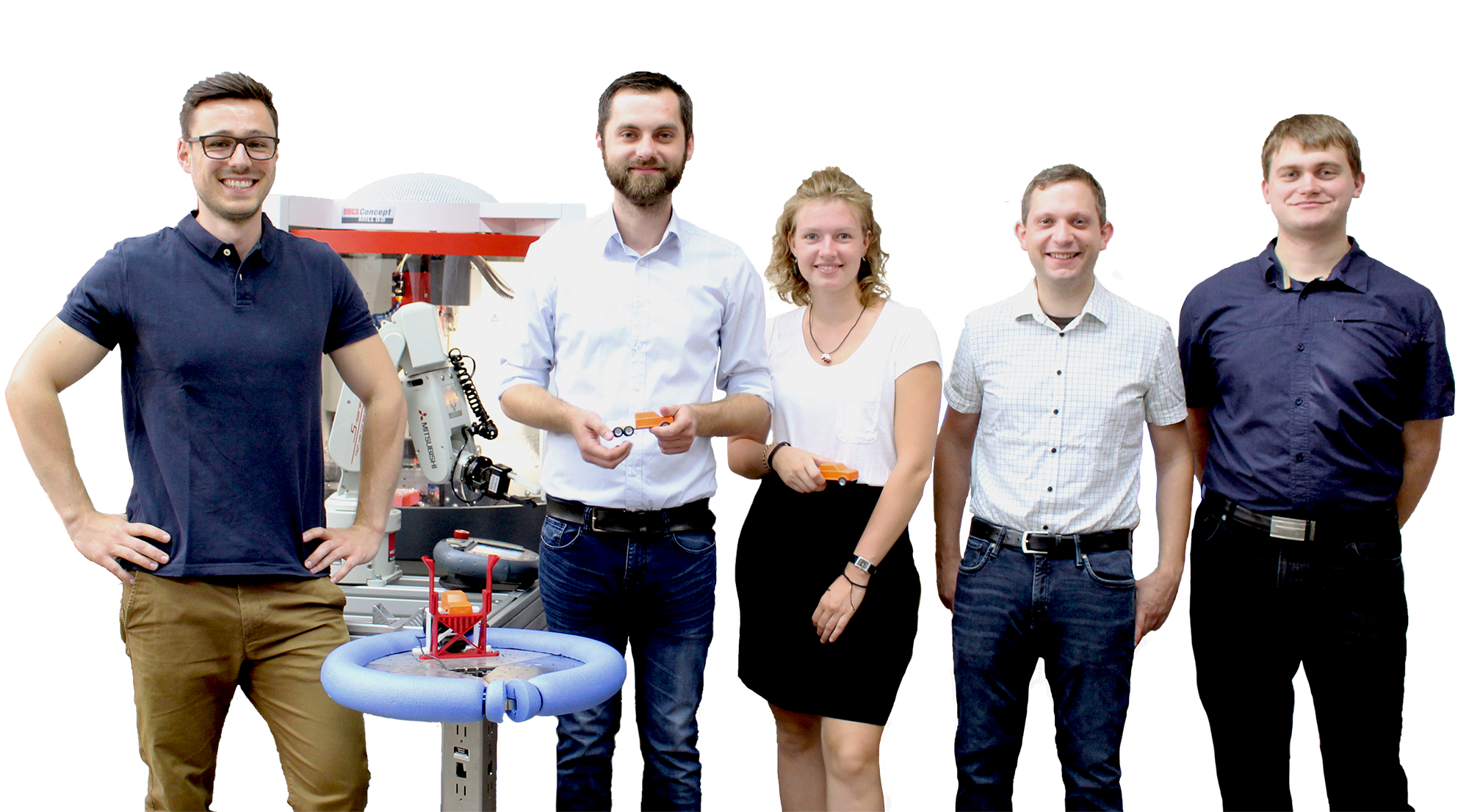
from left to right: Philipp Planer, Konstantin Davidov, Nadja Schuster, Julian Hagmann, Markus Haaf (Photo Credit: FHWS/ Roman) |
Within the scope of the cooperation project in the winter semester 2017/2018 and summer semester 2018,
four master students took care of the automation of the c-factory.
Mr. Markus Haaf and Mr. Konstantin Davidov worked on the human-robot-collaboratin. A robot arm was put into
operation to provide the chassis of the milling machine. After machining the front side, the robot arm ensures
that the chassis is also turned over so that the rear side can also be machined. After passing the quality test,
the part is handed over to a self-propelled robot, which takes over the transport to the warehouse.
|
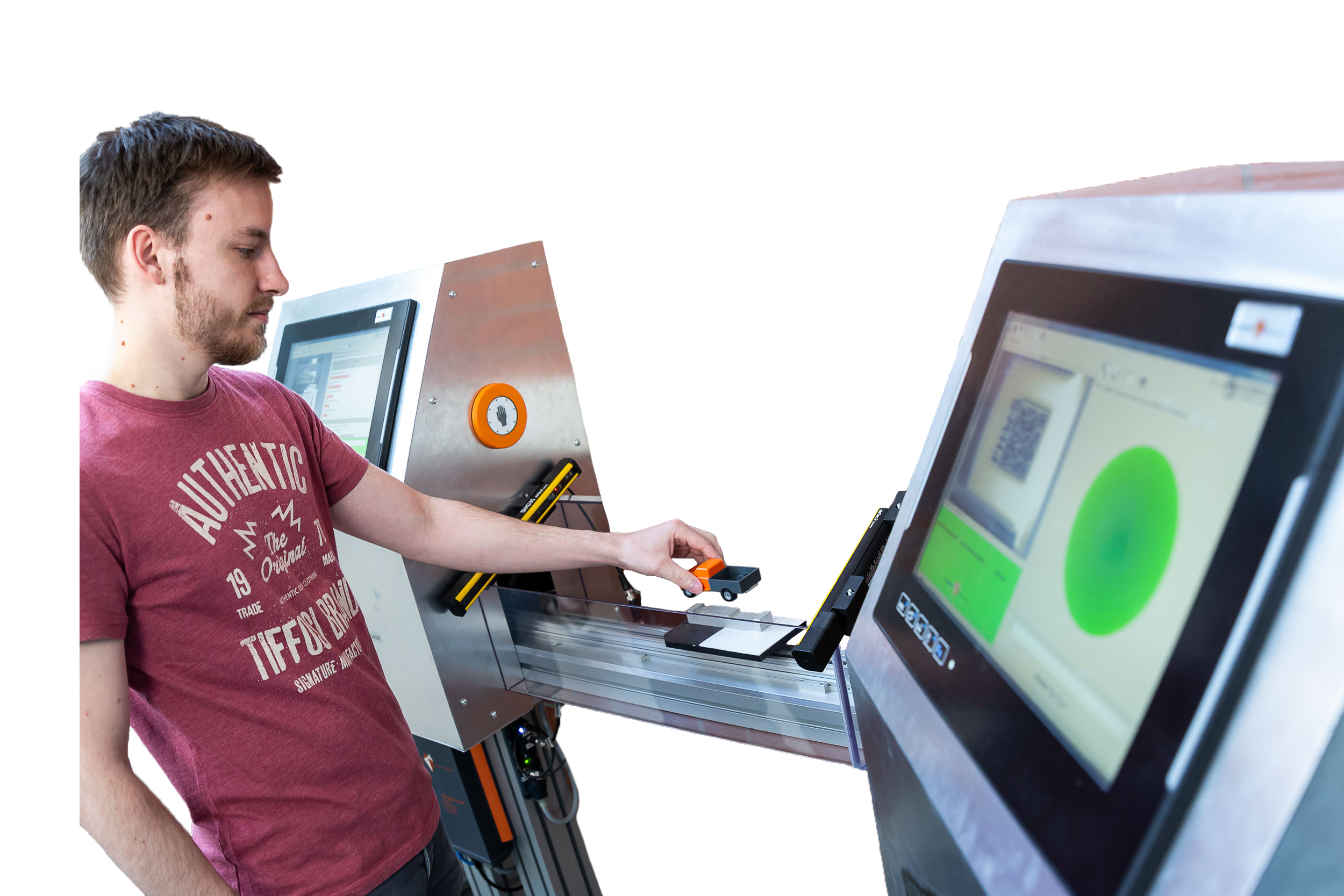
Matthias Höfling (Photo Credit: Stefan Bausewein) |
As part of his extensive master's thesis, Mr. Höfling automated some of the c-factory processes. On the one hand, he developed a method that allows individual loading areas to be created parametrically. The advantage of this method is that this loading area data is recorded in the database, allowing an automatic quality check to be carried out. Furthermore, Mr. Höfling has extended the 3D printing of the loading areas so that they can be fitted with an NFC chip during the printing process. This way the production data of the loading area can be recorded, such as date, printing time, material, etc. |
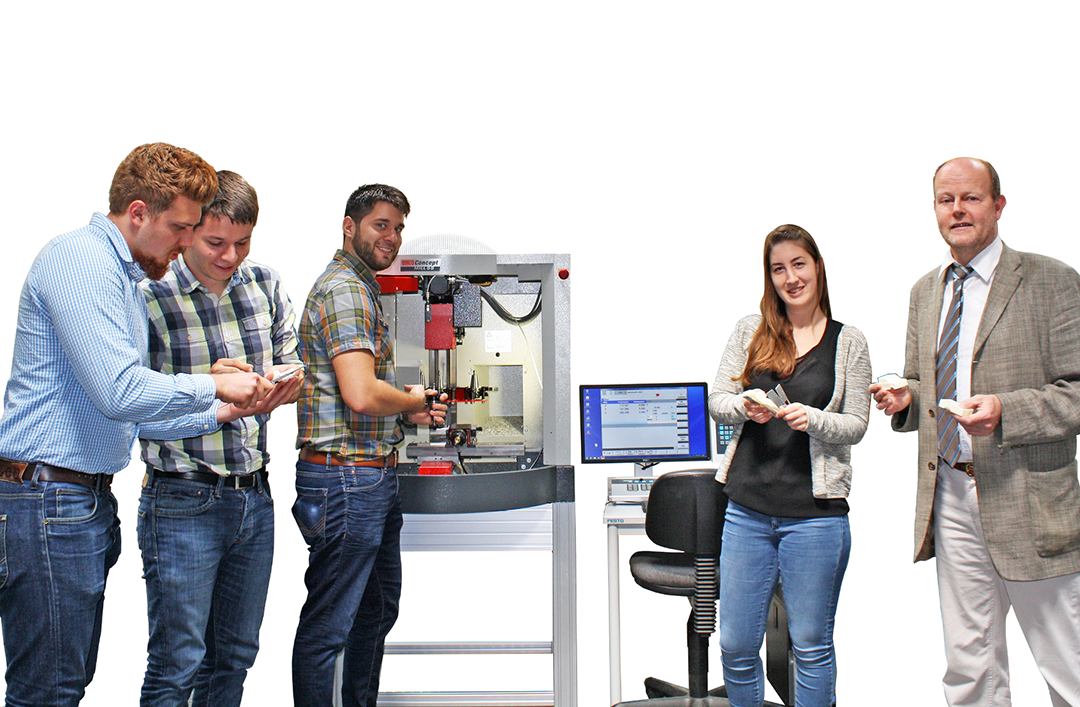
from left to right: Philipp Johannes, Philipp Zeitler, Maximilian Kohler, Tina Rippstein, Prof. Dr.-Ing. Christoph Bunsen (Photo Credit: FHWS/ Klein) |
The cornerstone was laid by four master students during their cooperation project in the summer semester 2016 and winter
semester 2016/2017 in the master's degree course in Product and System Development. The team not only commissioned the milling,
quality and function testing machine, but also created the database, the configurator and the website. Programming work was carried
out by Ms. Tina Rippstein and Mr. Philipp Zeitler. They created and designed the website and the database. |
